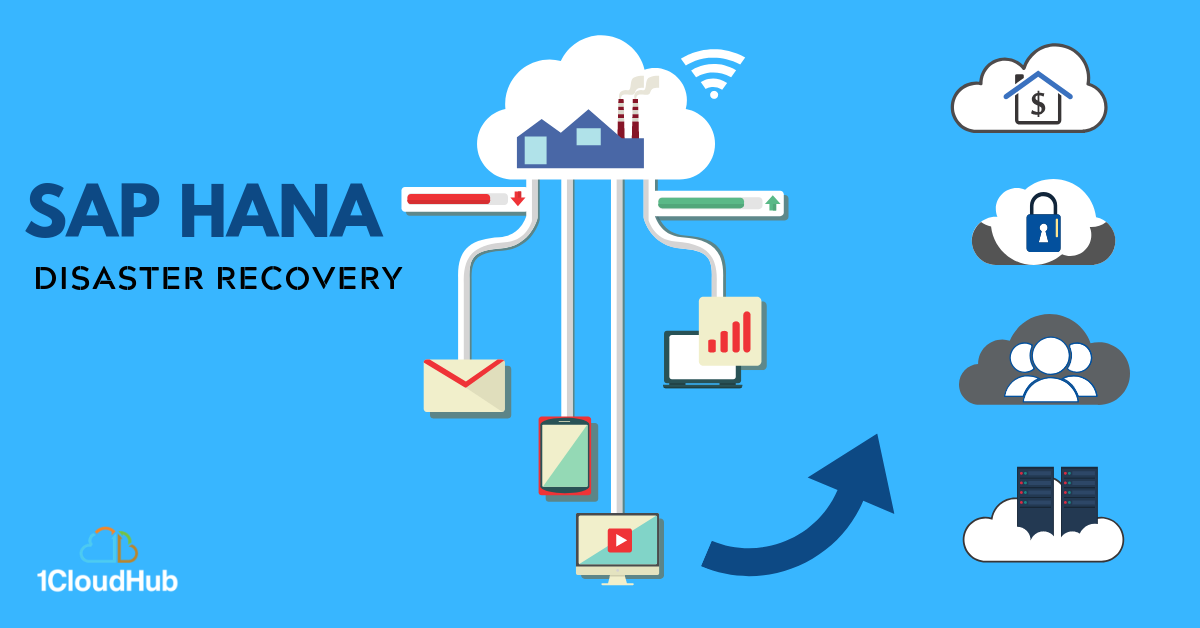Azure VM High Availability & Disaster Recovery (part 4 of 4)
SAP HANA Disaster Recovery
If you want to use sharing the DR target with a QA system in one VM scenario, you should consider the following:
- There are two operation modes with delta_datashipping with logreplay, which are readily available for such a scenario.
- Both operation modes have different memory requirements without preloading data.
- Delta_datashipping might require drastically less memory without the preload option that logreplay could require.
- The logreplay operation mode's memory requirement without preload is not deterministic and depends on the columnstore structures loaded.
You can make a small change in the configuration by configuring data as preloading, but. it might not make sense to preload data because of the manual nature of the failover and the fact that the application layers also needs to move to the second region.
Combine availability within one region & across regions
- A requirement of RPO=0 within an Azure region.
- The organization isn't willing or able to have global operations affected by major natural catastrophe that affects a larger region.
- Regulations that demands distances between primary and secondary sites that are clearly beyond what Azure availability zones can provide.
In such cases, SAP HANA multitier system replication configuration can be set up by using HANA system replication.
Disaster Recovery of SAP workloads
While using SQL server, you can configure Always On availability group on Azure VMs in different regions to facilitate disaster recovery. Log shipping also offers disaster recovery capabilities.
Oracle disaster recovery
Oracle Data Guard is generally supported for disaster recovery purposes. You should use Fast-Start Failover (FSFA) to achieve automatic failover in Data Guard, otherwise you will have to use a manual failover configuration.
Azure Site Recovery (ASR)
These services are a comprehensive disaster recovery suite that orchestrates Disaster Recovery (DR) failover and failback of on-premises resources. ASR is capable of orchestrating Enterprise-2-Enterprise (E2E) and Enterprise-2-Cloud (E2C) scenarios. It exceeds most of the on-premises disaster recovery solutions' capabilities and that too at a lower Total Cost of Ownership (TCO) as compared to the competing solutions.
You should use the following sequence of steps if you want to rely on Azure Site Recovery to implement disaster recovery for SAP deployments across Azure regions:
- Replicate VMs
- Design a recovery network
- Replicate a domain controller
- Replicate database tier
- Perform a test failover
- Perform a failover




Comments
Post a Comment